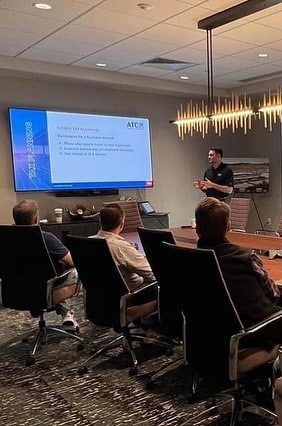Fly Away Exemption Explained
“Fly away exemption” is a phrase frequently used by aircraft sales professionals, aircraft owners and tax advisors. How does it actually work?
Let’s start with a scenario. You are boarding a flight at DFW to head home to Phoenix. You go into a store at the airport and buy a candy bar. You ask the cashier – “Please do not charge me Texas sales tax on this candy bar, as I will not eat it until I return home to Phoenix.” It wouldn’t go down well with the cashier.
Contrary to that scenario, the fly-away exemption would actually allow for that. You can purchase an aircraft in a state with the fly away exemption, and legally escape sales tax for that state. (However, when you return to your home state, a use tax may apply – but that’s a topic for another blog post.)
Not every state has a fly away exemption. If you choose to close your aircraft transaction in one of those, you may end up having to pay relevant sales tax.
States impose specific requirements for fly away exemption, such as filing of executed forms by certain deadline. The most common requirement is for the plane to depart the state within a designated number of days after closing. Failure to comply with state-specific fly away exemption requirements may also result in a surprise tax bill.
Understanding the fly away exemption for the closing location is the first step to sales tax planning. The next step is to understand the laws where you will hangar the aircraft.







